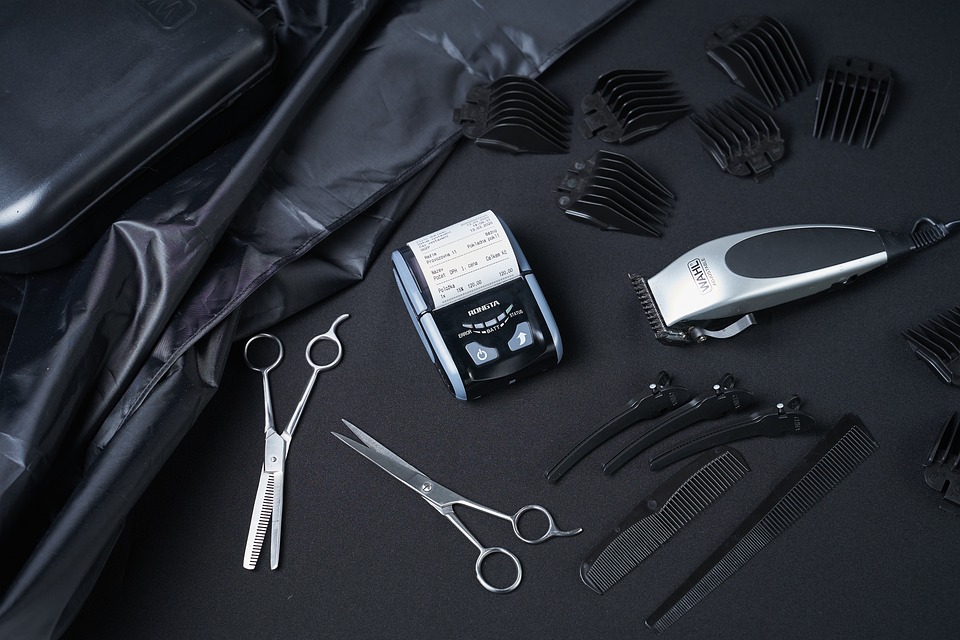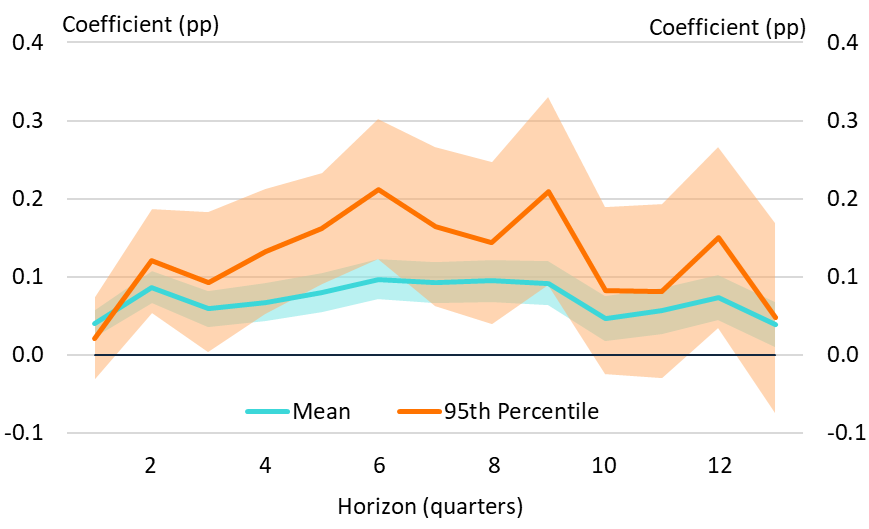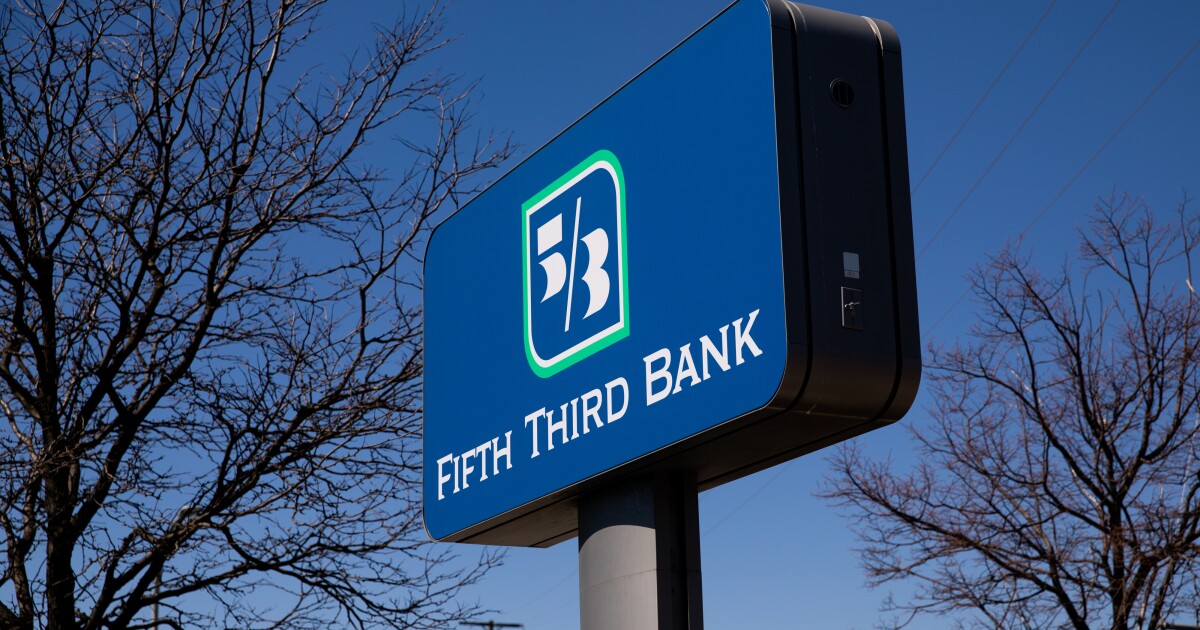Navigating the complex world of credit cards can be daunting, especially if you have bad credit. However, with the right knowledge and strategy, you can still find suitable credit card options to help improve your credit score and financial situation. In this comprehensive guide, we will discuss everything you need to know about credit cards for bad credit.
First and foremost, it’s important to understand why having a good credit score is important. Your credit score is a three-digit number that represents your creditworthiness and is used by lenders to determine whether or not to approve you for credit. A good credit score can make it easier to qualify for loans, mortgages, and credit cards with favorable terms and low interest rates. On the other hand, a bad credit score can limit your financial options and make it more difficult to borrow money.
If you have bad credit, it’s essential to take steps to improve your credit score. One way to do this is by using credit cards responsibly. While it may seem counterintuitive to get a credit card when you already have bad credit, using a credit card responsibly can actually help you rebuild your credit over time.
When looking for a credit card for bad credit, there are a few key things to consider. First, look for credit cards specifically designed for people with bad credit. These cards often have lower credit limits and higher interest rates, but they can be a good option for rebuilding your credit. Some popular options include secured credit cards, which require a security deposit, and subprime credit cards, which are geared towards consumers with less-than-perfect credit.
It’s also important to compare the fees and terms of different credit cards for bad credit. Look for cards with low or no annual fees, reasonable interest rates, and no hidden fees. Additionally, consider the credit limit, as having a higher limit can help improve your credit utilization ratio, which is an important factor in determining your credit score.
Once you’ve chosen a credit card for bad credit, it’s crucial to use it responsibly. Make sure to pay your bills on time and in full each month to avoid late fees and negative marks on your credit report. Additionally, try to keep your credit utilization ratio below 30% by only using a small portion of your available credit.
In conclusion, navigating the complex world of credit cards for bad credit may seem overwhelming, but with the right knowledge and strategy, you can find suitable options to help improve your credit score. By choosing a credit card specifically designed for bad credit, comparing fees and terms, and using your card responsibly, you can take steps towards rebuilding your credit and achieving your financial goals.
Publisher: Source link











